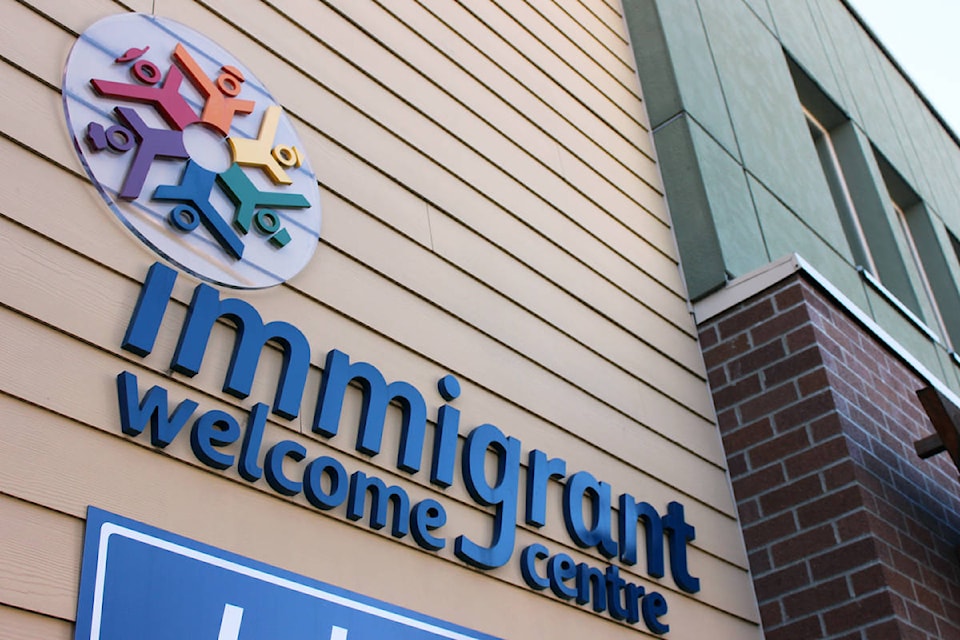Nanaimo continues to be a destination for refugees brought into Canada by the federal government.
According to the Central Vancouver Island Multicultural Society, 12 government-assisted refugees have settled in Nanaimo since the beginning of the year.
Samantha Letourneau, settlement manager for CVIMS, said some of the government-assisted refugees arriving in Nanaimo this year are from countries other than Syria.
“We are starting to see a shift in refugees that are coming here from other areas, Sudan, Eritrea and Iraq,” she said.
The family makeup of the recent wave of refugees has also begun to shift, said Letourneau, adding that the Syrian government-assisted refugees were mainly nuclear families while those from Africa include single-parent families.
“What we are seeing is mothers with children,” Letourneau said. “That’s a total shift and that resonates with the fact that the majority of the refugees in Sudan are mothers with children.”
Although attention has been focused on the humanitarian situation in Syria and northern Africa, there is a humanitarian crisis in Sudan and South Sudan.
A recent report by the United Nations High Commissioner for Refugees describes the situation in South Sudan, where years of civil war and a recent famine has resulted in more than 1.6 million South Sudanese fleeing, as the “largest and most complex emergency in Africa.” While the situation in Sudan is better than its southern neighbour, the UNHCR estimates there are 2.7 million internally displaced people in the country.
Another 30 government-assisted refugees are expected to arrive in Nanaimo before the end of the year, according to Letourneau, and she believes that number could end up being higher. She said while the number of refugees arriving in Nanaimo is typical for a community of its size, finding affordable housing for them remains difficult.
“Finding housing for families, it’s challenging,” she said. “We find it, but it takes a long time and it is not an easy process. We try to get them into affordable housing, of course, but we’re limited in the available number of subsidized housing in this area.”
A total of 7,500 government-assisted refugees are expected to arrive in Canada by the end of the year.
